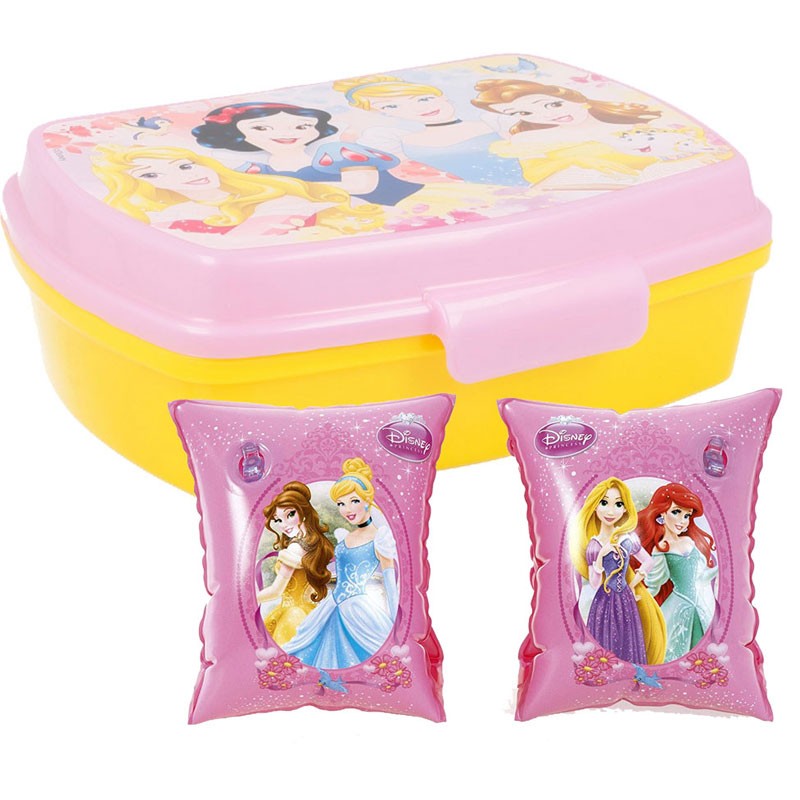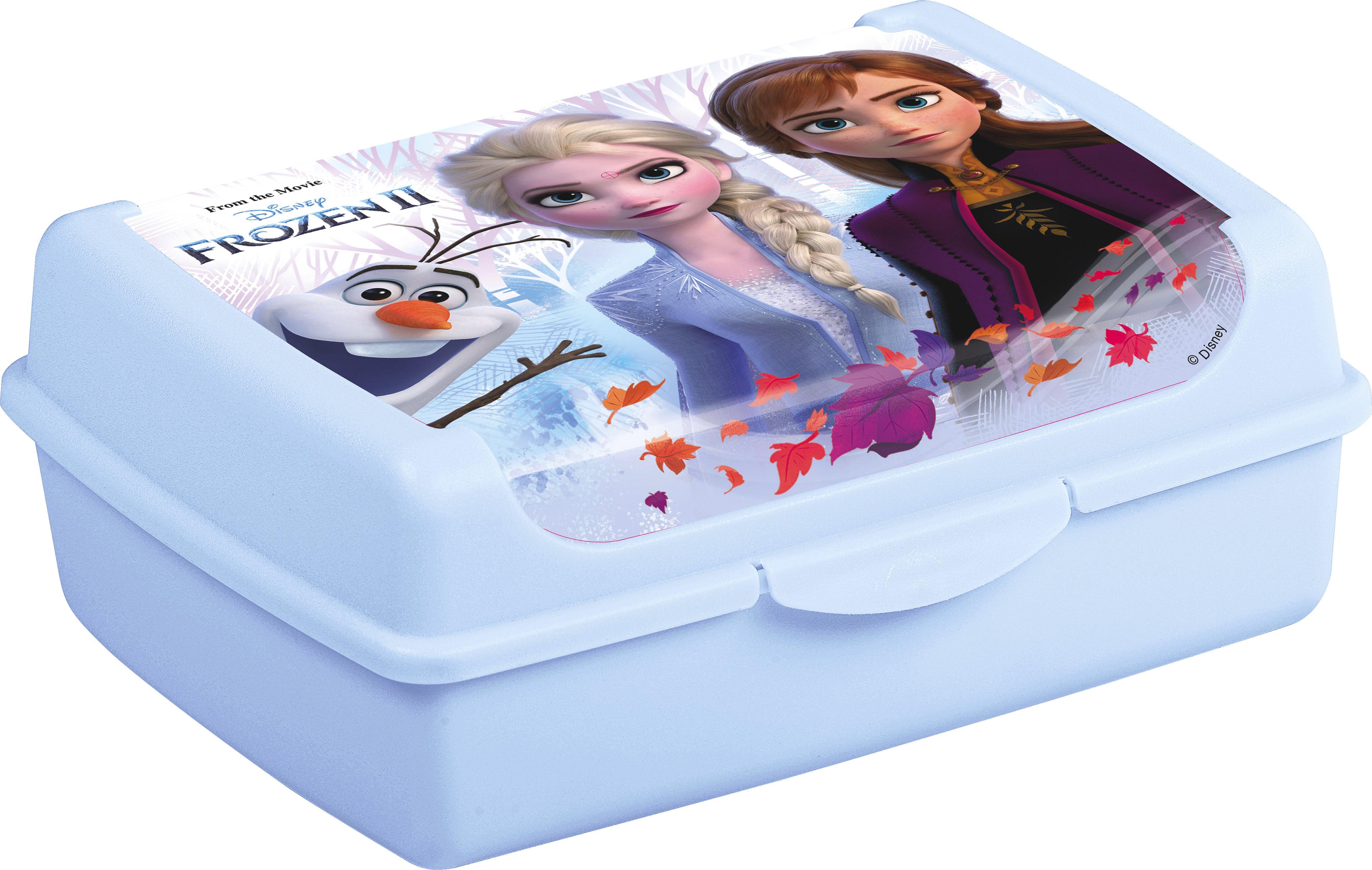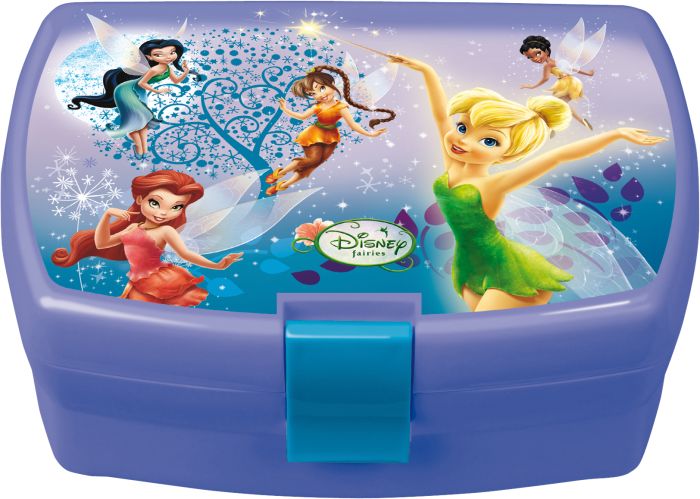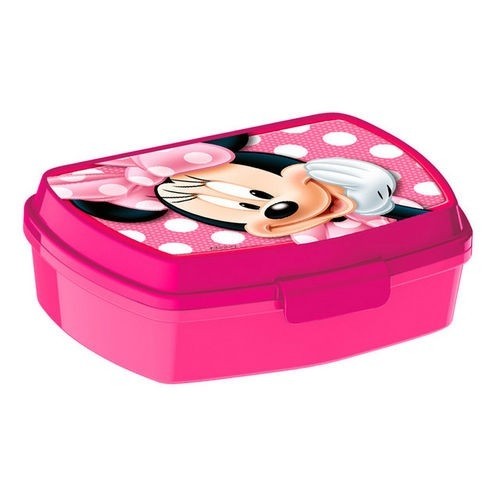
Disney Principesse Disney Strong-Porta Merenda 3D, Rosa : Amazon.it: Cancelleria e prodotti per ufficio

BES-30974 - PER BAMBINI - beselettronica - Porta Merenda in Poliestere Disney Frozen Borsetta Multifunzione Beauty Case

Disney Zainetto Bambina con Porta Merenda Bambini Scuola di Stitch Set Zaino Bambina Asilo Elementare e Portapranzo per Scuola Materna Gita Viaggi Stitch Gadget : Amazon.it: Moda
CARTOON GROUP ITALIA :: BEAUTY PORTA PRANZO MINNIE MOUSE DISNEY BORSA PORTAMERENDA CM 23 - 3459 MINNI | ZAINO ASILO > SCUOLA-ZAINO
CARTOON GROUP ITALIA :: PORTAMERENDA STITCH DISNEY PORTA PRANZO SCUOLA TEMPO LIBERO CM. 17X14X6 - ST75074 LILO & STITCH | BORRACCIA E PORTAMERENDA > STOVIGLIE E PRANZO
PORTAMERENDA PRINCIPESSE DISNEY CENERENTOLA RAPUNZEL AURORA PORTA PRANZO SCUOLA TEMPO LIBERO CM. 17X14X6 - ST51274

Disney MINNIE MOUSE | Contenitore Portapranzo Portamerenda Scatola Sandwich Box per Bambini (Topolina) : Amazon.it: Cancelleria e prodotti per ufficio

Principesse Disney Set merenda Bicchiere + Tovaglietta + Portamerenda : Amazon.it: Cancelleria e prodotti per ufficio


















